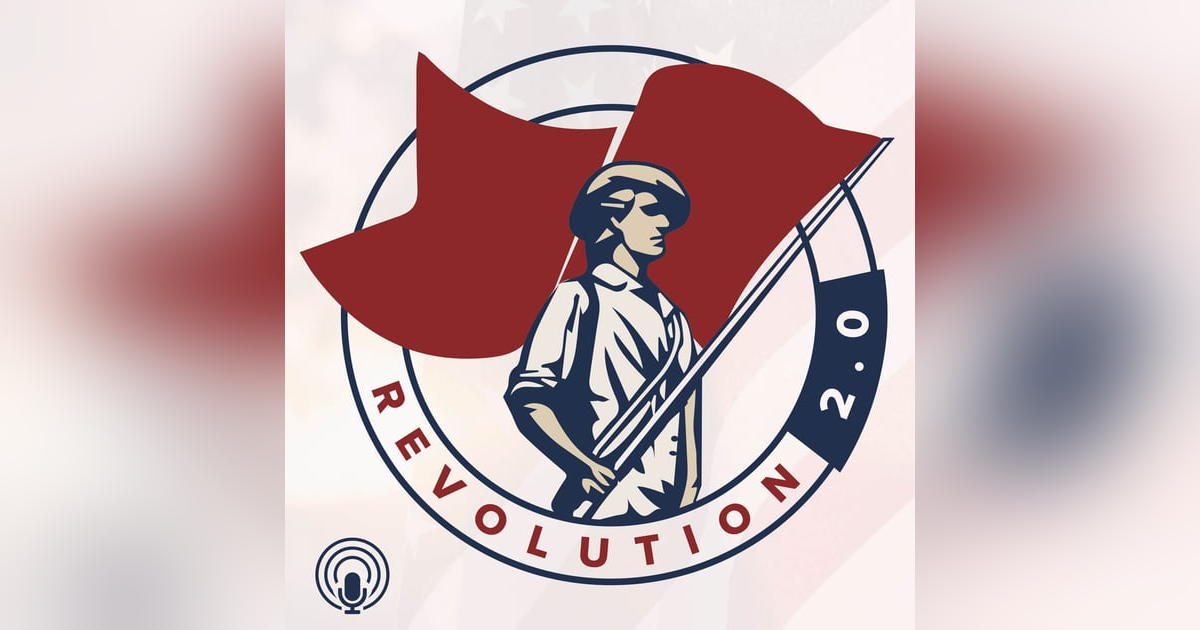First, Stop the Bleeding: Medical and Financial Advice (EP.182)

Introduction
First, stop the bleeding, then get the patient back to living on their own. This advice applies equally in medical and financial situations.
That is the subject of today’s 10-minute episode.
Continuing
When someone has experienced a medical emergency and is taken to a hospital, the first thing medical professionals do is assess and stabilize–halt the damage. The next steps include determining the need for any long-term treatments needed to get that person back on track for an independent, healthy and happy life. That’s how medical needs are met. Why isn’t that how we handle financial needs as well?
The hospital does not assume that the correct thing to do is to keep the patient in the facility, dependent upon the staff and equipment in place there. Hospitals are expensive and are designed for effective short-term care–not long-term–care. If necessary, the patient is referred out to less expensive, longer-term care facilities. The ultimate goal is to have the patient be able to live on their own, without any kind of medical support provided by others. This not only allows resources to be used by the next person in need, but it gives patients the freedom, the dignity and the joy that comes with unassisted living.
This is not how our society is trending when it comes to other areas where people may be hurting. For example, when people are suffering financially, the increasing tendency is not only to give assistance, but to give ever-increasing aid over extended periods of time. There is little, if any, thought given to stabilizing the financial situation–halting the damage–and helping that person to return to financial independence.
When we create long-term dependencies in order to address short-term solutions, we are not delivering a compassionate solution: We are handing down a life sentence. Likely for generations. The cruel irony here is that the very people and groups advocating for lifelong care, the life sentence, do so in the name of compassion.
Why is there a difference between how we as a society handle people with medical issues as opposed to people with financial challenges? The answer is in two parts:
- The motivation of the person with the need and
- The motivation of the mechanism that provides the relief.
Let’s take the individual’s motivation; the patient or the person in financial distress. No one wants to stay in a hospital. Bad food, terrible beds, and constant poking and prodding along with other interruptions. And no Netflix. But some people might very well want to stay in a financial “hospital”; live easy and live at home. On direct deposit or EBT. Be aware that some people will say they can’t succeed on their own, when they really mean they simply won’t or don’t want to.
This would be a good time for a quick review of Revolution 2.0™’s Can’t vs. Won’t chart. Note that in certain circumstances, permanent assistance is fully warranted–and desirable. But most certainly not in all cases as advocated by those who claim that assistance like food, housing and medical care are human rights. Reasonable access to those products and services should be made available to all. Reasonable access, not free for everyone.
What about the motivations of the workers administering the various financial assistance programs? The more money they give out, and the more people they give money to, the better their job security and chances for promotion. The requirements for jobs like these are not high; show up, be polite, fill out forms–repeat. The incentive is to give out more money to more people for longer periods of time. That’s intentionally easy to do, because there are no apparent boundaries the financial aid workers can see to limit the amount of money available to be handed out. Taxpayer money seems like an endless resource, and there is no profit motive to restrain behavior.
The same it not true about the medical world. It takes many more years to become a nurse, doctor, or surgeon than it does to work in a government-run, financial assistance office. The medical people know that their services will always be highly valued and their jobs will be secure for as long as they want them without having to keep patients dependent for longer than necessary. And the resources in the medical world are obviously limited; insurance companies are not willing to pay for any extras, and the beds, operating rooms, analytical equipment and medical staff are finite resources.
Let’s all learn from the medical community. When helping, stabilize the person you are assisting–halt the damage. Then find a long-term solution that will give them the best chance to make it on their own, all while giving encouragement. Remember, continuing to help after someone could help themselves is not a life solution. It is a life sentence, often a life sentence passed down for generations. In the name of compassion.
Contact
As we get ready to wrap up, please do respond in the episodes with comments or questions about this episode or anything that comes to mind, or connect with me on Twitter, Facebook, and LinkedIn. And you can subscribe on your favorite device through Apple, Google, or Stitcher.
If you liked today’s podcast, other podcasts or the revolution2-0.org site itself, comment, subscribe, and encourage others to subscribe with you. Each One Reach One will help spread the word about Revolution 2.0™.
Will Luden, coming to you from 7,200’ in Colorado Springs.








